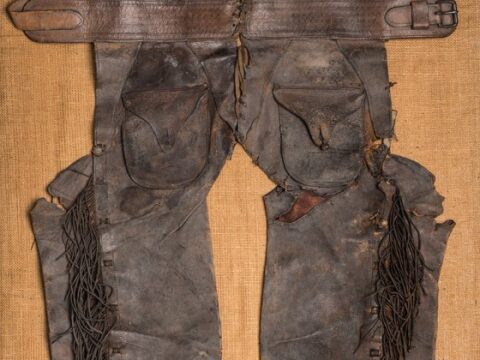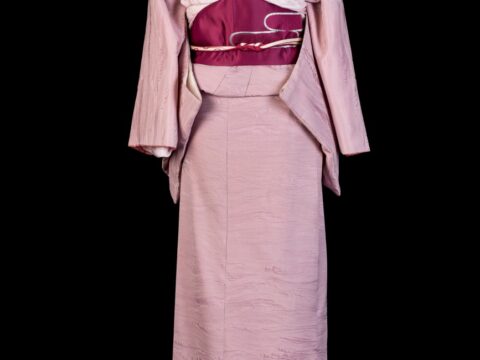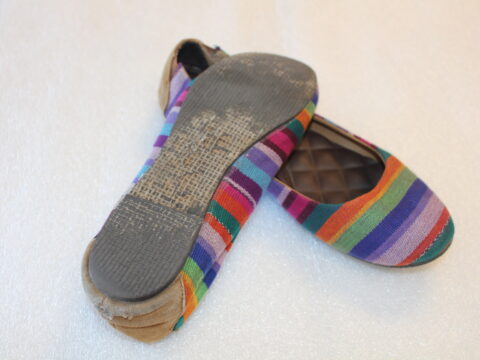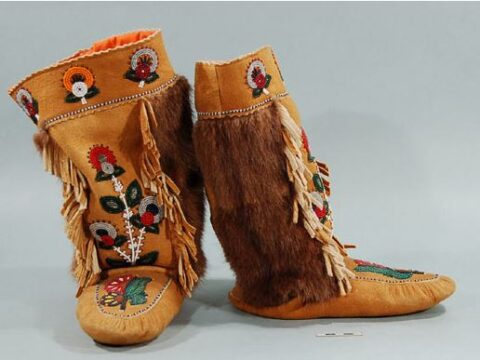Wearable Artifacts
by Adriana AyersArtifacts are objects that have been created, modified, used or moved by people. Clothing is an excellent artifact to analyze, compare and contrast. Regardless of time or place, clothing has been made and worn based on many factors: environment, religion, cultural identity, personal style…whatever the reason, our clothing says a lot about us!

1In 1 playlists
These leather chaps belonged to a ranch hand named John P. Watson from Hedley, BC. What can you learn about this artifact just by looking at it? What can you learn about the person who wore it? Compare this garment to the others on the playlist. What differences do you notice? Are there any similarities?

1In 1 playlists
This silk kimono set was donated to the Royal BC Museum by its owner, Akiko Kamitakahara. Just by looking at this garment, what can we learn about Japanese Canadian history? Where could we look to learn more about the cultural significance of this garment? What do the clothes you wear suggest about your cultural identity?

1In 1 playlists
Watch Textile Conservator Colleen Wilson talk about how much time and effort goes into taking care of the Royal BC Museum's clothing and textile collection. There are still many questions Colleen ponders about this artifact. Who do you think the dress originally belonged to? Click here to see a full image of the dress.

1In 1 playlists
The Delineator was a popular fashion journal, published by the Butterick Pattern Company. Not only did it keep its readers up to date on all things in vogue, it also offered clothing patterns that could be ordered by mail. What can we learn about Canadian life in 1890 by looking through the pages of this magazine? Source: Canadian Museum of History

1In 1 playlists
Artifacts can help explain how people lived in the past, but they can also be used to understand how people live today. What can you learn about me by looking at my shoes? Why did you choose the clothes you're wearing? Does your choice of clothes reflect your identity? Compare my shoes to others on the playlist. Notice any similarities?

1In 1 playlists
These mukluks are from the Yukon and made of moose-hide and fur. The environment of a person can influence the objects they create, wear or use. What can we learn about the person who made or wore these shoes? What can we learn about that person's environment? What are the differences between these shoes and the rainbow flats?

1In 1 playlists
Students who participate in this program will have access to the Museum's handling collection and learn how to read objects from BC's past. Students will be encouraged to ask questions and think critically about how museums work and whose stories are being told through the millions of artifacts in the collection.
